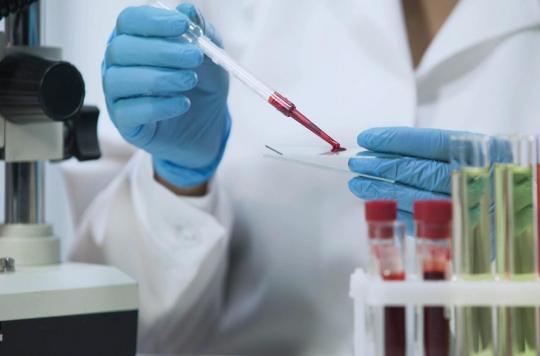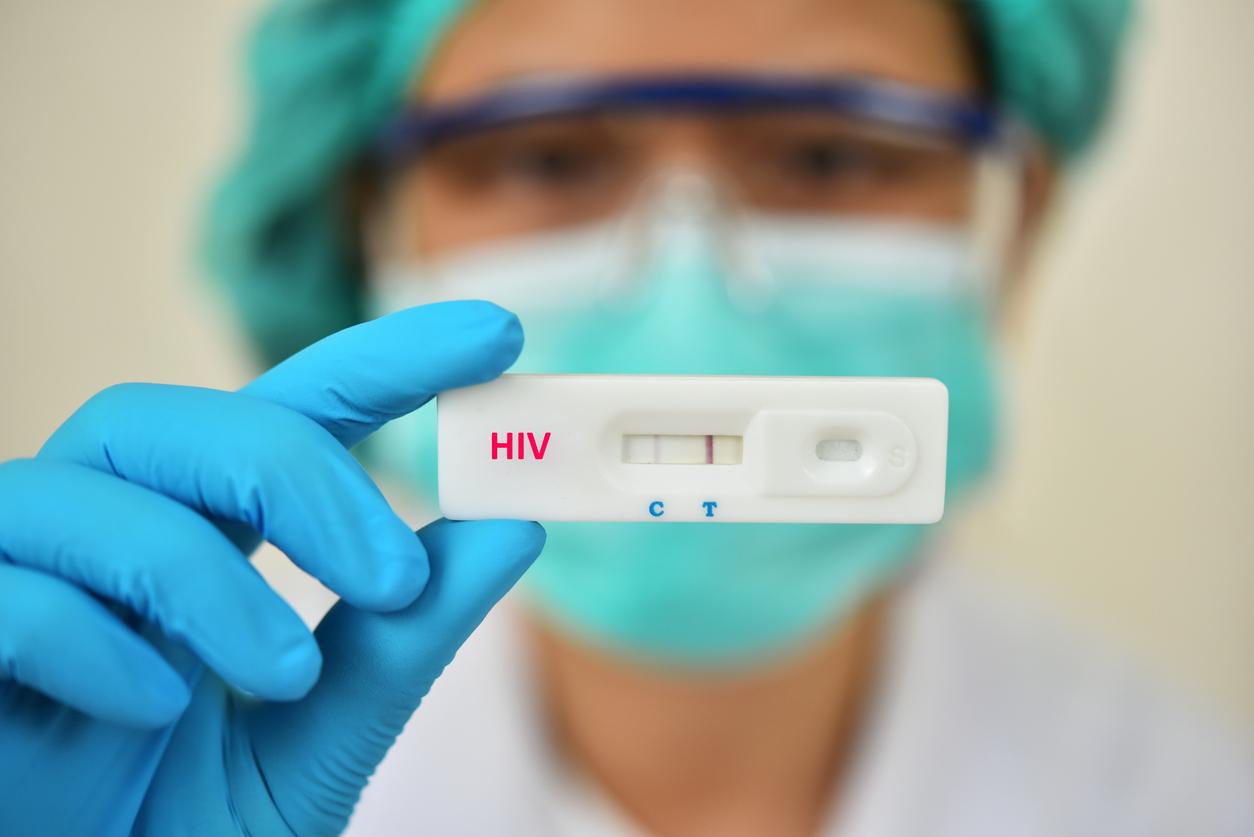An anti-HIV vaccine could perhaps finally see the light of day in a few years. The first results were conclusive in the laboratory.

The Sidaction 2019 took place last weekend, the opportunity to remind that the fight is not over. In France, more than 150,000 people are living with the human immunodeficiency virus (HIV) and this number climbs to 1.1 million in the United States. As the epidemic continues to wane, there is an urgent need to find a way to “cure” HIV. Indeed today, we only know how to “put to sleep” the virus and not eradicate it. Antiretroviral therapy makes it possible to make the viral load in the blood undetectable – this means that you can no longer infect anyone.
But if antiretroviral therapy is, with PrEP, a major advance in the fight against AIDS, it does not completely eliminate the virus and requires the daily intake of heavy treatments. In addition, antiretroviral therapy can induce many side effects: gastrointestinal problems, cardiovascular problems, insulin resistance and bleeding, as well as effects on bones, liver health, neurological and psychiatric health. . Scientists are therefore now looking for a way to permanently suppress the virus in these people with an undetectable viral load.
New research could advance this: researchers have succeeded, using immune cells, in suppressing the latent HIV virus in the blood of people on antiviral therapy. Findings could help develop an HIV vaccine and are published in the journal EBioMedicine.
The difficulty of finding an HIV vaccine
If we have not yet found a vaccine against HIV, scientists are facing two major problems: the virus comes in several different forms and does not generate enough antibodies. To conduct this new research, they therefore focused on the HIV1 (type 1) virus. First step: succeed in identifying the cells infected by the virus. “Many scientists are trying to develop a cure for HIV, usually based on the ‘kick and kill’ principle – either take the virus out of its hiding place, then eliminate it“, explains Robbie Mailliard, professor of infectious diseases and microbiology in Pennsylvania. “Promising treatments are being developed, but the most complicated thing is to find which cells contain HIV, in order to find which ones to eliminate.” In the case of HIV , the virus becomes latent by hiding in the DNA of T cells.
To find out precisely which cells harbor HIV, the team therefore decided to examine another virus with similar behavior, which affects 95% of people living with HIV: cytomegalovirus (CMV). “The immune system spends a lot of time controlling CMV,” says study co-author Charles Rinaldo, chair of the Department of Infectious Diseases and Microbiology at the University of Pittsburgh. “In some people, one in five T cells is specific to this virus,” he adds. “It got us thinking. Perhaps these cells specific to the fight against CMV (cytomegalovirus) also constitute a large part of the latent reservoir of HIV”, believes the scientist. “So we designed our immunotherapy to not only target HIV, but also to activate CMV-specific helper T cells.”
Stimulate cells to reveal the virus before destroying it
Thus, the researchers took blood from about twenty HIV-positive participants on antiretroviral treatment, in order to find T cells latently infected with HIV. They also isolated another type of immune cell called dendritic cells: these are the ones that tell other immune cells where to go and what to fight. In previous studies, they had used these cells to “force” the immune system to kill HIV. In this one, Robbie Mailliard and his team used them to bring out the latent HIV from its hiding place (the T lymphocytes).
Future human research
And the results are very encouraging: the virus must indeed have revealed itself, making itself vulnerable and easy to kill. “Without adding any other medication or treatment,” explains Robbie Mailliard. “MDC1s were then able to recruit killer T cells to eliminate virus-infected cells. To our knowledge, this is the first study to program dendritic cells to integrate CMV to find cells affected by HIV, to bring out the virus and kill it”. The researcher and her colleagues are now trying to test the effectiveness of MDC1 on humans.

.

















